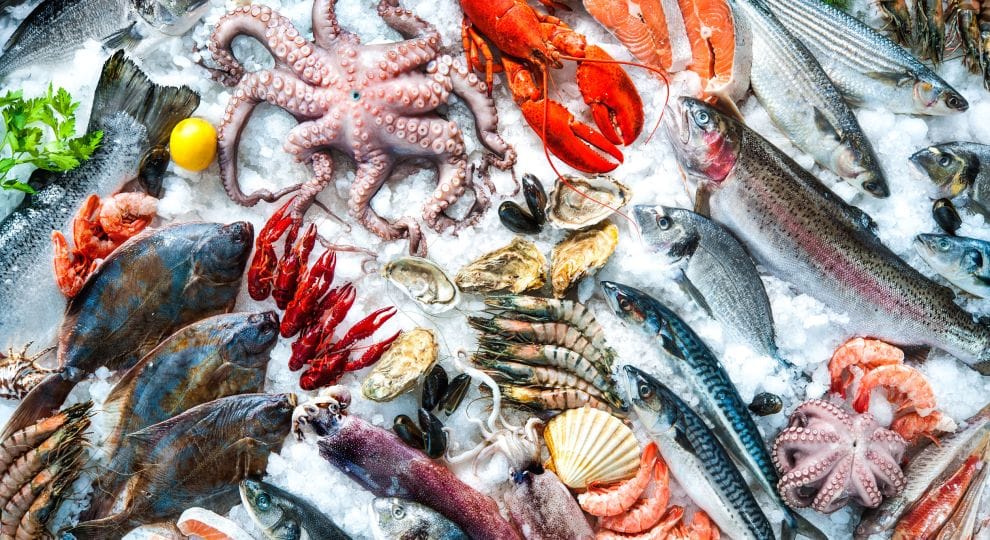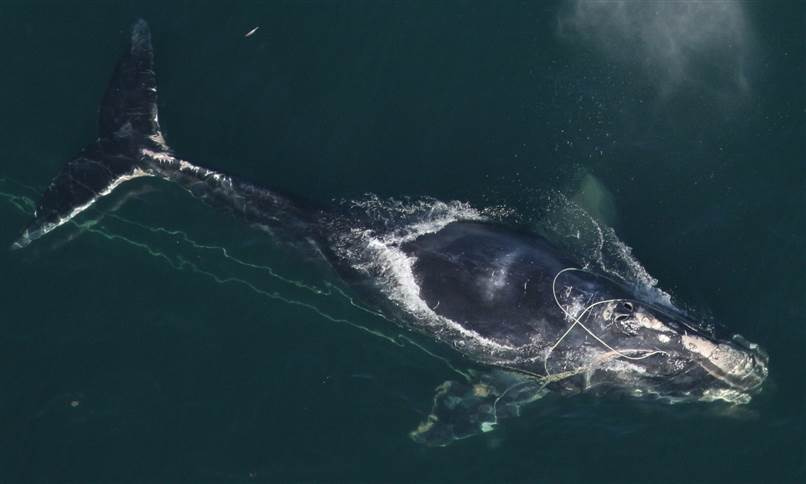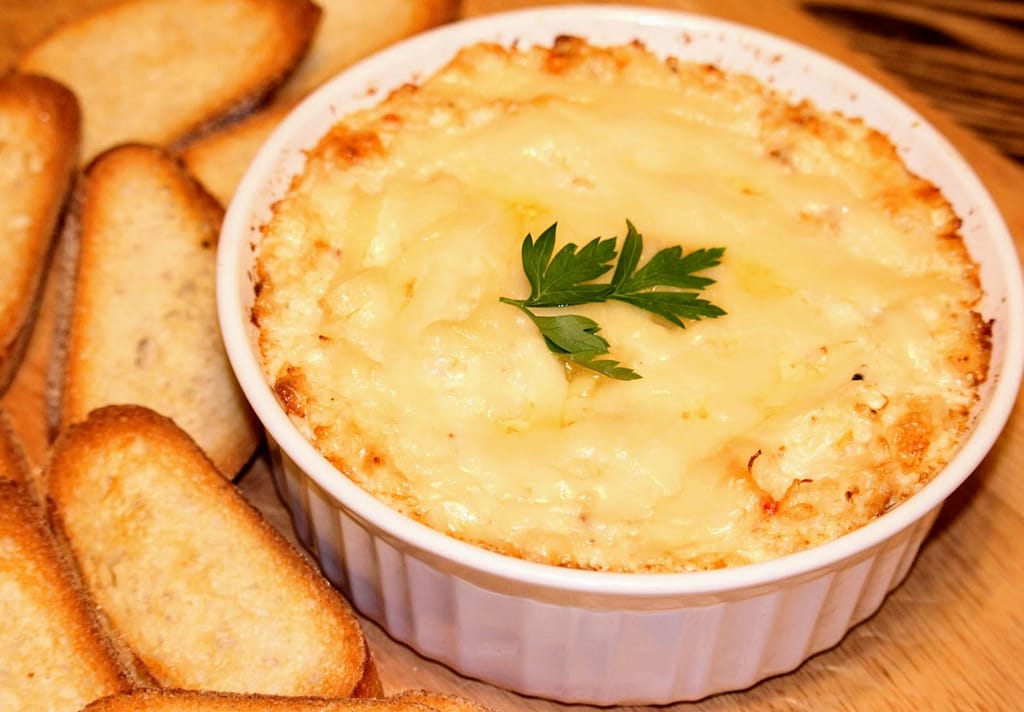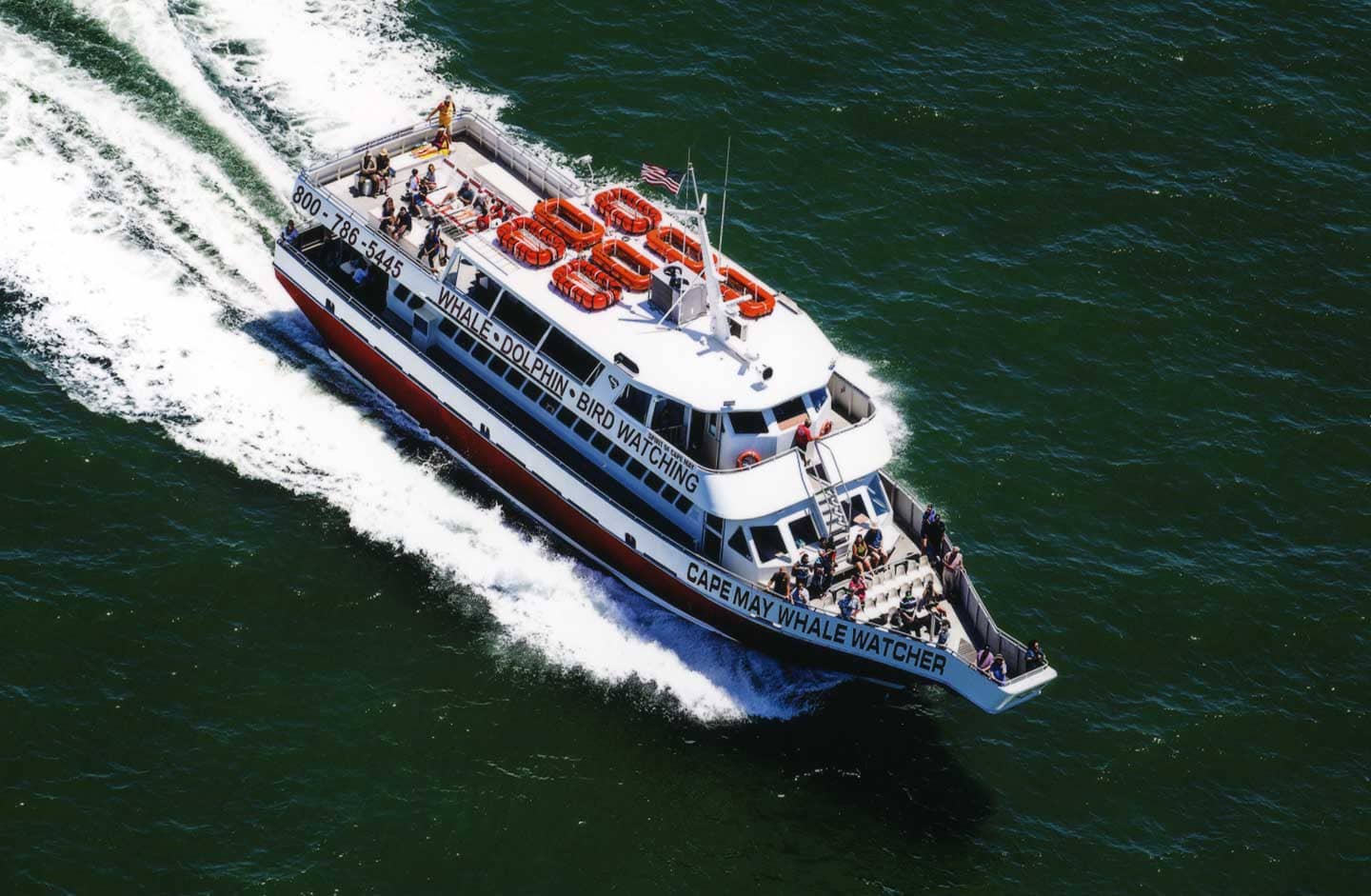Sustainable Seafood
A delicious way you can help preserve our oceans (with recipes below!)
Life in a seaside town like Cape May revolves around seafood in the typical ways you would expect--fabulous restaurants and fish markets bursting with the bounty of the sea--but the impact can be greater than it may seem. The seafood industry affects marine life at every level, and by choosing sustainably caught or farmed seafood, you can help to minimize the negative impacts.

Fresh seafood on ice by Alexander Raths
https://www.wgbh.org/dining-out/2018/04/17/7-seafood-markets-in-boston-thatll-help-you-buy-fish-with-confidence
To start, we can look at the quality of the water itself. Shellfish, such as oysters, clams, and mussels are filter feeders. This means they suck in the water around them and filter out the microorganisms, sediments, and contaminants in it, and pump out clean water. Oysters are especially skilled at this, as a single oyster can filter over 50 gallons of seawater per day. Wild oysters can form huge reef beds, which provide a crucial habitat for other marine life, and play a vital role in maintaining healthy water quality. However, more than a century of over harvesting and habitat destruction has reduced wild oyster populations to a mere fraction of what they once were, and the once vast reefs are now flat and sparse. Fortunately, wild oyster restoration efforts are proving to be quite successful, and farm raised oysters are sustainable and delicious! Wild caught oysters from certain states and all farm raised oysters are considered a “best choice” by the Monterey Bay Aquarium Seafood Watch program (more on this later!). Enjoy them raw on the half-shell with a dash of hot sauce, or lightly grilled with a pat of herbed butter for a tasty, environmentally friendly appetizer.


Moving up the food web, things get a bit more complex. Let’s take a look at tuna species, for example. There are many different species of tuna, as well as a variety of fishing methods used to catch them. Some species, like Bluefin tuna, are overharvested, and are not considered sustainable regardless of the way they are caught. Other species, like albacore, Skipjack, and Yellowfin are relatively abundant, but are only considered sustainable when caught in certain ways. Hand-operated pole-and-line, trolling line, and handline methods for these species are all considered a “best choice” by the Seafood Watch. Other methods, like purse seines, drift lines, and longlines are less sustainable, largely due to bycatch. Bycatch refers to anything caught or affected other than the target species. Sharks, seabirds, and dolphins are all frequently harmed or killed as a result of these widely used practices. When buying tuna, whether in a can or fresh, look for Albacore, Skipjack, or Yellowfin, and check the packaging or ask your fishmonger for information about how it was caught.
Another unfortunately common issue surrounding commercial fishing gear is that of entanglement. Whether from crab or lobster pots, gill nets, or ghost gear that was lost in a storm, whales, dolphins, and many other marine animals frequently become entangled in fishing gear. North Atlantic right whales are of particular concern in our region, as they are critically endangered. In fact, there are only around 400 individuals remaining, and about 85% of them show signs of current or previous entanglement. When a whale becomes entangled, it is affected in a number of ways. The entangled gear can weigh hundreds to thousands of pounds, and eventually tire the whale out to the point that it can no longer surface to breathe. The stress of being entangled can prevent females from breeding, which further hinders population recovery of the right whales. Additionally, the ropes can wrap around the whale's mouth, and impede its ability to feed, or cut deeply into the whale's flesh causing a slow, painful death.

In recent years, the mortality of North Atlantic right whales due to entanglement has increased dramatically, despite changes in commercial fishing regulations. Their range is spread throughout the US and Canadian waters where crab and lobster fisheries are quite prevalent. In entanglement cases where the gear could be identified, the majority were certainly from some type of pot gear, many of them Canadian crab pots. While entanglement mitigation efforts continue, there are more sustainable crab choices available. Blue crab caught on trotlines in Maryland are the “best choice” for the species, whereas those caught in pots are a “good alternative.” Blue crabs are plentiful throughout their range, but they share their habitat with the endangered diamondback terrapin, and the pots put the terrapin at risk of becoming bycatch. Some other “best choice” options include king and snow crab from Alaska, and stone crab from Florida. Any type of crab will be delicious steamed and dunked into warm butter, or if you're craving something even more decadent, try a hot crab dip with gruyere and garlic toasts.

There are many complicated factors that go into determining the sustainability of a certain seafood, so it may seem overwhelming to make the right choice. Fortunately, the Monterey Bay Aquarium Seafood Watch has done all the hard work for us. This program has developed a scoring system, based on an impressive compilation of data, in order to determine which seafood can be considered a “best choice,” a “good alternative,” or something you should “avoid” purchasing. They even have printable pocket guides, a convenient app, and their user-friendly website to help steer you in the right direction. However, knowing what to choose is merely the first step. We have to commit to making responsible choices, and support sustainable seafood sources. As promised, here are a few recipes to help inspire you!
| Grilled Oysters with Herb Butter 12 shucked oysters 4 Tbsp softened butter 1 tsp lemon zest 1 Tbsp finely chopped parsley 1/4 tsp red pepper flakes (optional) Salt and pepper Place softened butter in a bowl with lemon zest, parsley, and red pepper flakes (if using). Add salt and pepper to taste. Combine thoroughly, and place ½ a teaspoon on top of each oyster. Place on a hot grill with the lid closed for about 3 minutes, or until the butter is just melted. Serve fresh off the grill and garnish with lemon wedges. |
| Hawaiian Style Spicy Ahi Poke 1 lb yellowfin tuna, cut into 1 inch cubes 2 thinly sliced green onions ¼ cup finely diced sweet onion 1-2 Tbsp soy sauce ½ tsp sesame oil ¼ cup mayonnaise ¼ cup sriracha (or to taste) Combine tuna, green onion (reserve some for garnish), sweet onion, soy sauce and sesame oil in a bowl. Cover and chill for 30 minutes. In a separate bowl, combine mayonnaise and sriracha to your taste. Add the ½ of the mayonnaise mixture to lightly coat the tuna, then add more if desired. Garnish with green onions, and serve as is or on a bed of rice. |
| Hot Crab Dip with Garlic Toasts For the dip: 1 pound crab meat 8oz softened cream cheese ¾ cup mayonnaise 1 Tbsp dijon mustard 1 cup shredded gruyere cheese Salt and pepper to taste For the garlic toasts: 1 baguette, sliced into ¼ inch slices 1 or 2 cloves of garlic Preheat oven to 350°. Combine cream cheese, mayonnaise, mustard, ½ cup of gruyere, salt and pepper. Gently fold in crab meat. Put the mixture into a greased baking dish, and top with remaining gruyere. Bake for 30-40 minutes, or until bubbly. While the dip is baking, lay the baguette slices in a single layer on a sheet pan. Bake for 5 minutes, flip, then bake for 3 additional minutes. When cool enough to handle, gently rub the peeled garlic cloves on each of the slices, and serve alongside the warm dip. |
Chesapeake Bay Program, 2019. Learn the issues: Oysters. https://www.chesapeakebay.net/issues/oysters
Hugo, Kristin, 2019. The plastic pollution of fishing gear is much worse than straws. Tenderly. https://tenderly.medium.com/plastic-ocean-fishing-gear-ad6a2eae53d2
Marine Mammal Commission, 2019. Right whales and entanglement in fishing gear. https://www.mmc.gov/priority-topics/species-of-concern/north-atlantic-right-whale/entanglement-in-fishing-gear/
Monterey Bay Aquarium Foundation, 2019. Seafood Watch Standards Review. https://www.seafoodwatch.org/seafood-recommendations/standards-revision
Monterey Bay Aquarium Foundation, 2016. Seafood Watch Standard for Fisheries. Fisheries Standard Version F3.2. https://www.seafoodwatch.org/-/m/sfw/pdf/criteria/fisheries/mba_seafood%20watch_fisheries%20standard_version%20f3.2.pdf?la=en
Monterey Bay Aquarium Foundation, 2019. Monterey Bay Aquarium Seafood Watch Northeast Consumer Guide: July-December 2019. https://tmp.seafoodwatch.org/-/m/sfw/pdf/guides/mba-seafoodwatch-northeast-guide.pdf?la=en
Sharp, S.M. et al., 2019. Gross and histopathologic diagnoses from North Atlantic right whale Eubalaena glacialis mortalities between 2003 and 2018. Diseases of Aquatic Organisms. Vol. 135 1-31. https://www.int-res.com/articles/feature/d135p001.pdf
Trotter, Bill, 2019. Here’s the central question at the heart of the right whale debate. Bangor Daily News. https://bangordailynews.com/2019/08/27/news/hancock/the-fight-over-right-whales-and-lobstering-explained/
By Kristen Young





